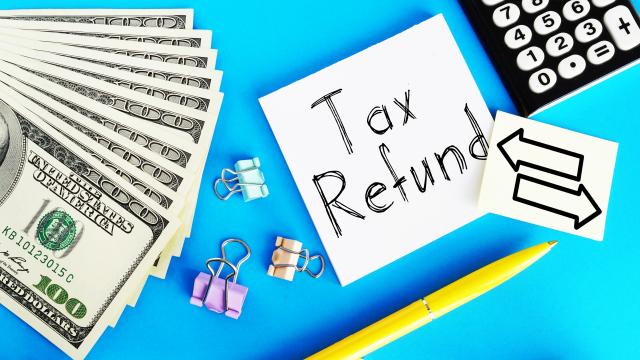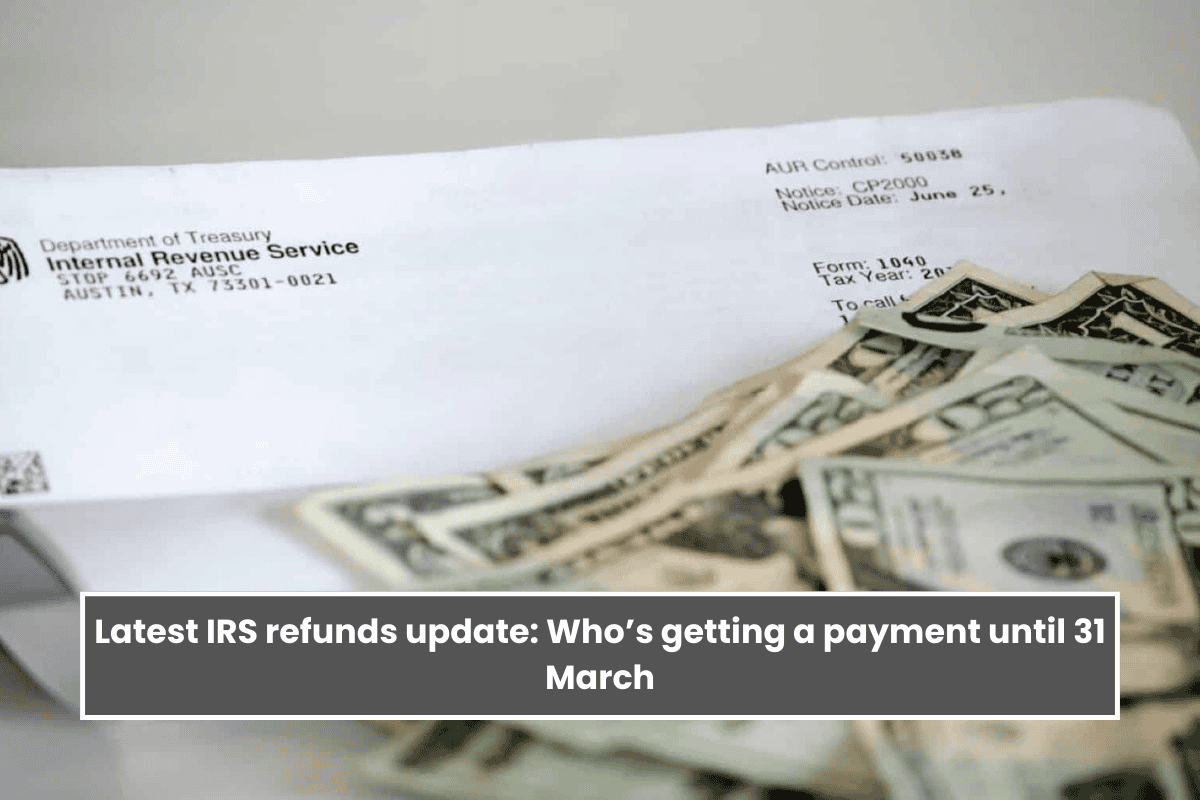If you worked last year, there may be a tax refund check waiting for you when you file your return. The Internal Revenue Service began accepting individual tax returns on January 27.
According to data from the Internal Revenue Service (IRS), nearly 140 million Americans are expected to file taxes this year.
Naturally, many people want to know “when will my check or direct deposit arrive?” Here’s everything you need to know about important tax deadlines, how to track your payment status, and when to expect your refund.
Where’s My Refund? The IRS Explains
For those wondering, “Where is my refund?”. The IRS.gov website provides a convenient tool called “Where’s My Refund?” This feature allows taxpayers to check the status of their refunds after filing their returns. To access this information, you must provide:
- Your Social Security or Individual Taxpayer ID Number (ITIN)
- Your filing status
- The exact refund amount as reported on your return
When you enter this information, the system will show one of the following: Knowing the stages of your IRS tax refund can help you plan ahead and manage expectations. Here’s a breakdown of the procedure:
The Three Stages of Your IRS Tax Refund
1. Return Received
Once the IRS has received your return, it enters the processing stage. This means they are reviewing your submitted information to ensure everything is accurate and complete.
2. Refund Approved
After processing, if your information checks out, the IRS will approve your refund. They then prepare to issue it by the date indicated in their communications.
3. Refund Sent
Your refund is on its way! The IRS sends it directly to your bank account or mails it to you. Be aware that it might take up to five days to appear in your bank account or several weeks to receive a check by mail.

How Long Will It Take for My Refund to Be Deposited?
The speed with which you receive your refund is largely determined by how you file your tax return. Here’s what you can expect:
- Electronic Filing: Opting for electronic filing significantly speeds up the process. The IRS typically issues most refunds within three weeks.
- Paper Filing: If you file a paper return, you might experience a longer wait time, especially if you are expecting a check.
The IRS strongly advises against relying on your refund for specific dates, such as to make major purchases or to pay bills. In some cases, returns may require additional review, potentially extending the wait time.
Understanding Why Your Tax Refund May Be Delayed
Many taxpayers are eagerly awaiting their tax refund, but delays can occur for a variety of reasons. Here are some common reasons why the IRS may delay your refund:
- Errors or Incomplete Information: If your tax return contains errors or is missing information, this can lead to delays.
- Identity Theft or Fraud Concerns: Returns flagged for potential identity theft or fraud require extra scrutiny.
- Corrections Needed: Adjustments related to the child tax credit or recovery rebate credit can cause delays.
- Specific Claims: Filing claims for an earned income tax credit or an additional child tax credit, or including a Form 8379, Injured Spouse Allocation, may require additional processing time.
- Bank Processing Time: The time it takes for your bank or credit union to post the refund to your account can also affect when you receive your money.
When is the Last Day to File Taxes?
Mark your calendars! The deadline for filing federal income tax returns for 2024 is April 15, 2025. For Americans living abroad, the deadline has been extended to June 16, 2025.
It’s important to note the IRS guidelines for submission.
- For electronic returns, the timestamp in your local time zone when you submit determines if your return is on time. Make sure to submit by 11:59 p.m. local time on the due date.
- For paper returns, ensure they are correctly addressed, have sufficient postage, and are mailed and postmarked by the due date to be considered timely.
Being aware of these details can help ensure a smoother tax filing experience and potentially avoid delays in receiving your refund.















